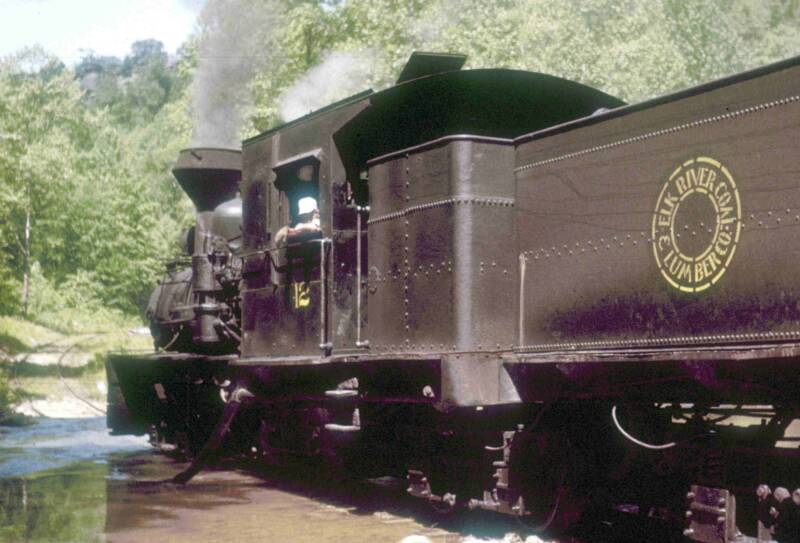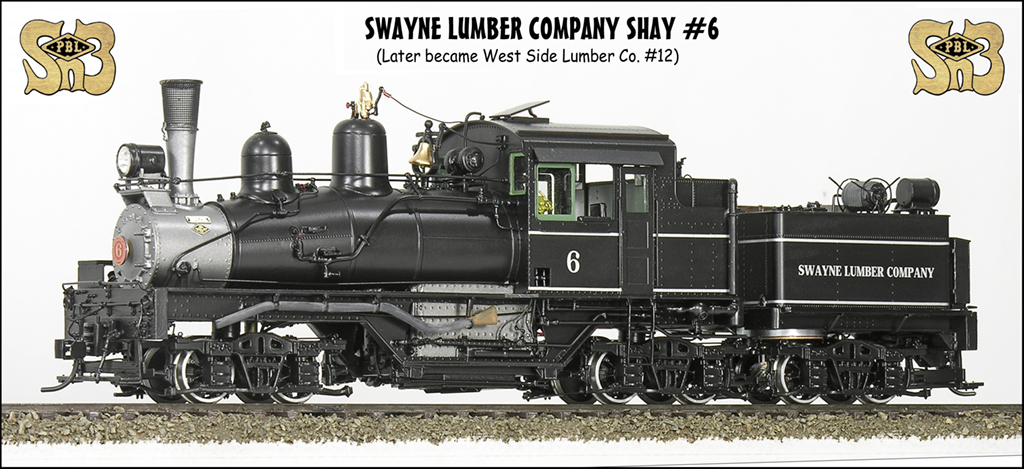Ric I went there and the history does tell of the hose patent and the chronology of improvements, but it didn’t leap to the seperation of pressured hose for fire suppression and hard suction sleeves that you asked for
http://firehistory.weebly.com/the-history-of-hoose-hoase-hause-or-hose.html
and an excerpt from the above link:
Sellers & Pennock’s advancement with hose had far reaching consequences. With strong hose, it was possible to use suction to draw large quantities of water. The idea of using suction was considered in the United States as early as 1698. New York City had a suction engine in 1793. But without reliable hose using suction to fight fires was very ineffective. The improvement in hose also permitted pumpers to relay water from distant sources. In Boston, in 1825, the mayor reported 100 feet of hose doing the work that formerly required 60 men hauling buckets. Around 1827, the Fire Chief for New York City counted 30 pumpers in a line a mile and a half long from the source of water to the fire.
In 1821, James Boyd patented his invention for rubber-lined, cotton-webbed fire hose. Charles Goodyear discovered the vulcanization process for rubber in 1839. B. F. Goodrich developed rubber hose reinforced with cotton ply. The Cincinnati Fire Department used this improved hose in 1871.
As more manufacturers entered the marketplace, they each produced their own size of hose and coupling. This problem was addressed in 1873 at the first convention for the International Association of Fire Engineers. The Association adopted the standard size of 7102 threads to the inch.
Five years later in 1878, the American Fire Hose Manufacturing Company, located in Chelsea, Massachusetts marketed their new product, the “first seamless cotton fire hose produced for steam fire engines.” Other companies improved hose as well. In a short time fire hose could handle 350 psi. Progress continued and woven cotton became the standard for fire hose. As better weaves were developed the hose became stronger. In this modern age fire hose is lightweight, durable and flexible.
This invaluable tool for firefighting has undergone dramatic changes over the centuries. What improvements will firefighters of the future see?
Maybe this helps(https://www.largescalecentral.com/externals/tinymce/plugins/emoticons/img/smiley-cool.gif)



